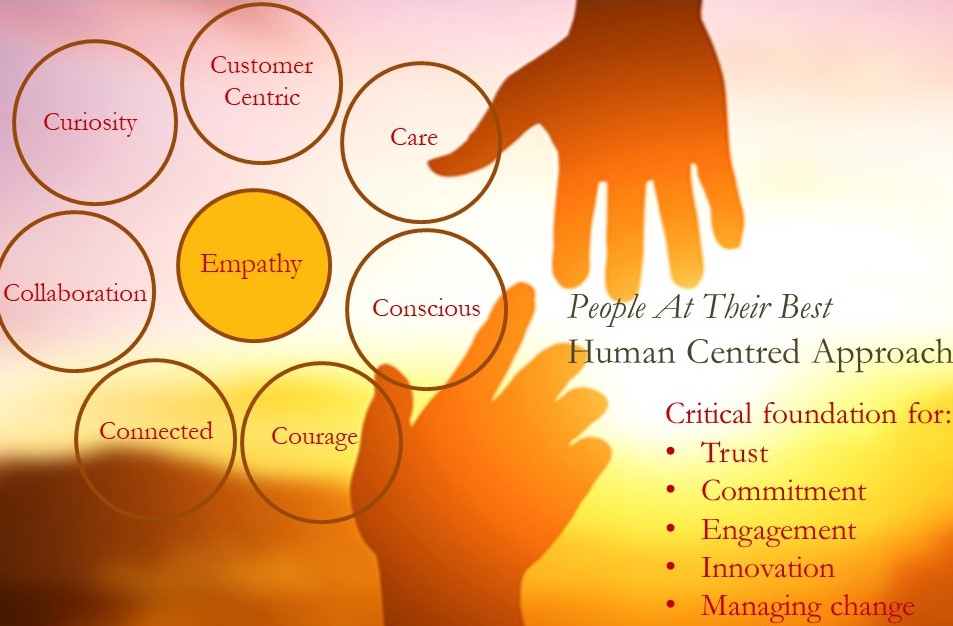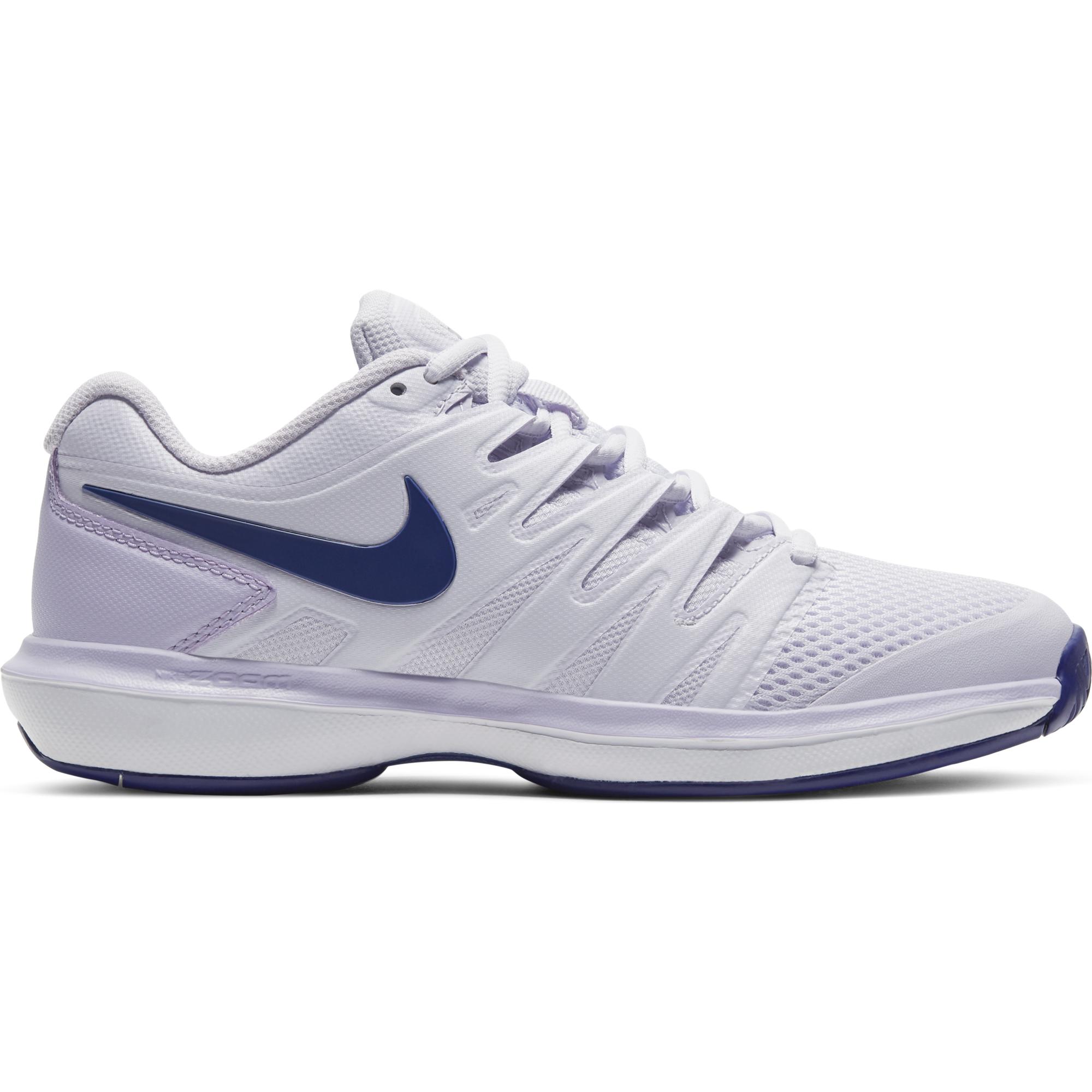Table Of Content

And as our world becomes more intricately involved with complex socio-technical systems and wicked problems to address, the insights we leverage from human-centered design will continue to prove essential. At many points in technological history, Don Norman helped designers understand their responsibility to the people who use the things they design. Great advances were made in electronics and computing throughout the second half of the 20th century. The problem was, the designers of many systems often overlooked the human limitations of the people who had to interact with them. Cognitive science and user experience expert Don Norman sees it as a step above user-centered design.
Why making people feel good is important: Moving from purpose-driven to human-centric companies - LLYC
Why making people feel good is important: Moving from purpose-driven to human-centric companies.
Posted: Mon, 04 Dec 2023 20:22:18 GMT [source]
More questions
So to make sure no one was unintentionally excluded, we created, tested, and implemented terminology and other mechanisms to clearly communicate the library’s offerings. While videoconferencing platforms have come a long way, they still can’t pick up the subtleties of human interaction. The significance of facial reactions can be lost because of the time lag.
Testing: The reality check
There could be no room for ambiguity or misleading controls, for instance. Designers would instead have to anticipate human users extensively through how each system looked, worked and responded to them. To avoid disasters, the dehumanizing idea of “users” had to vanish so designers could put people first in design. It was time for human- or, better still, people-centered design. Nikhil Vij is a UI/UX Design Lead at Net Solutions with over 13 years of experience creating and delivering engaging and effective digital solutions for various clients and industries.
New to UX Design? We’re Giving You a Free ebook!
They’ve set the bar high, and users may not have a lot of tolerance for offerings that don’t measure up or for physical workarounds (such as having to visit a store to make a return). BCG conducted more than 40 in-depth interviews—with business executives, design and technology experts, and members of the public—in April 2020. Participants hailed from eight countries across North America, Europe, Asia, and the Middle East. Their responses allowed us to zero in on the new behaviors, preferences, and attitudes emerging from the COVID crisis and, significantly, on the challenges—and design imperatives—that they raise. After prototyping and testing, you’ll be ready to finalize your design, bring it to life, and share it out into the world. You’ll work with stakeholders to plan the logistics around the launch.
The course prepares learners to collaborate with human-centered design practitioners and deepen their own practice. TestTesting involves validating important assumptions about a product design, service design, or business model. It also provides a way to explore strategic opportunities for greater value creation and revenue growth. In order to do this, designers create quantitative and qualitative usability metrics to understand what is working and not working. In human-centered design, the process of testing and iteration allows you to progressively improve a design to deeply align with the behaviors, goals, and needs of the user. While design thinking is at the root of HCD, it zooms out to look at the problem with a larger scope.
The Graduate Program
Upon completing the course, your electronic Certificate will be added to your Accomplishments page - from there, you can print your Certificate or add it to your LinkedIn profile. If you only want to read and view the course content, you can audit the course for free. Join our hiring programme and access our list of certified professionals. Learn the essentials of software development so you can work more effectively with developers.
The key to this effort is identifying and designing solutions that directly involve the users they aim to serve. IDEO, a global design company, launched the Human-Centered Design Toolkit, an innovative toolbox that guides designers. IDEO’s HCD Toolkit has over 150,000 copies downloaded by designers, innovators, entrepreneurs, and analysts – who use it to improve their products and systems with a Human-Centered Design approach. A great example of human-centered design is a children’s toothbrush that’s still in use today. In the mid-nineties, Oral-B asked global design firm IDEO to develop a new kid’s toothbrush. Rather than replicating what was already on the market—a slim, shorter version of an adult-sized toothbrush—IDEO’s team went directly to the source; they watched children brush their teeth.

Harvard Business School Online's Business Insights Blog provides the career insights you need to achieve your goals and gain confidence in your business skills. He reports on the worlds of art, design, branding and lifestyle tech (which often translates to tech made by Apple). He joined in 2020 after working in copywriting and digital marketing with brands including ITV, NBC, Channel 4 and more. This website is not intended for users located within the European Economic Area. “The magic with journey mapping is not necessarily in a visualization by itself — of what the customer’s journey looks like. Ultimately, it is when you take that and then layer in the analytics, so that you can test and measure and make those remediations to continually enhance [the CX], with the right tools and the right data.
Four Principles Of a Human-Centered Design
These problems also tend to be interdisciplinary in that solving one can reveal—or even create another. For this reason, wicked problems require a problem-solving method that is collaborative, adaptable, and centered on the complexities of human behavior. When recruiters use LinkedIn's AI to craft messages to candidates, they can see and select fields for AI to apply. LinkedIn's product development team recognized that users like being in control of AI automation, and found an approach to give recruiters a sense of control and agency. In this phase, our goal is to understand the people we’re designing for by observing and learning about them.
So you can pivot early and avoid steering resources in the wrong direction. Learners explore how to identify needs by gathering data from people and interpreting that data. After understanding the cost of solving the wrong problem, learners discover what kind of data is valuable to gather and what methods might be best suited for gathering that data. Learners then have a hands-on experience gathering that data themselves.
While this may seem like the end, the design process is meant to be dynamic and cyclical. It is often not linear, but you will only realize what your next step is once you are in the midst of the design process. For instance, in the prototyping stage, one might realize that the ideas they are prototyping don’t actually meet the need that was defined. That might mean the designer needs to brainstorm further or understand the nuances of the problem even more deeply.












